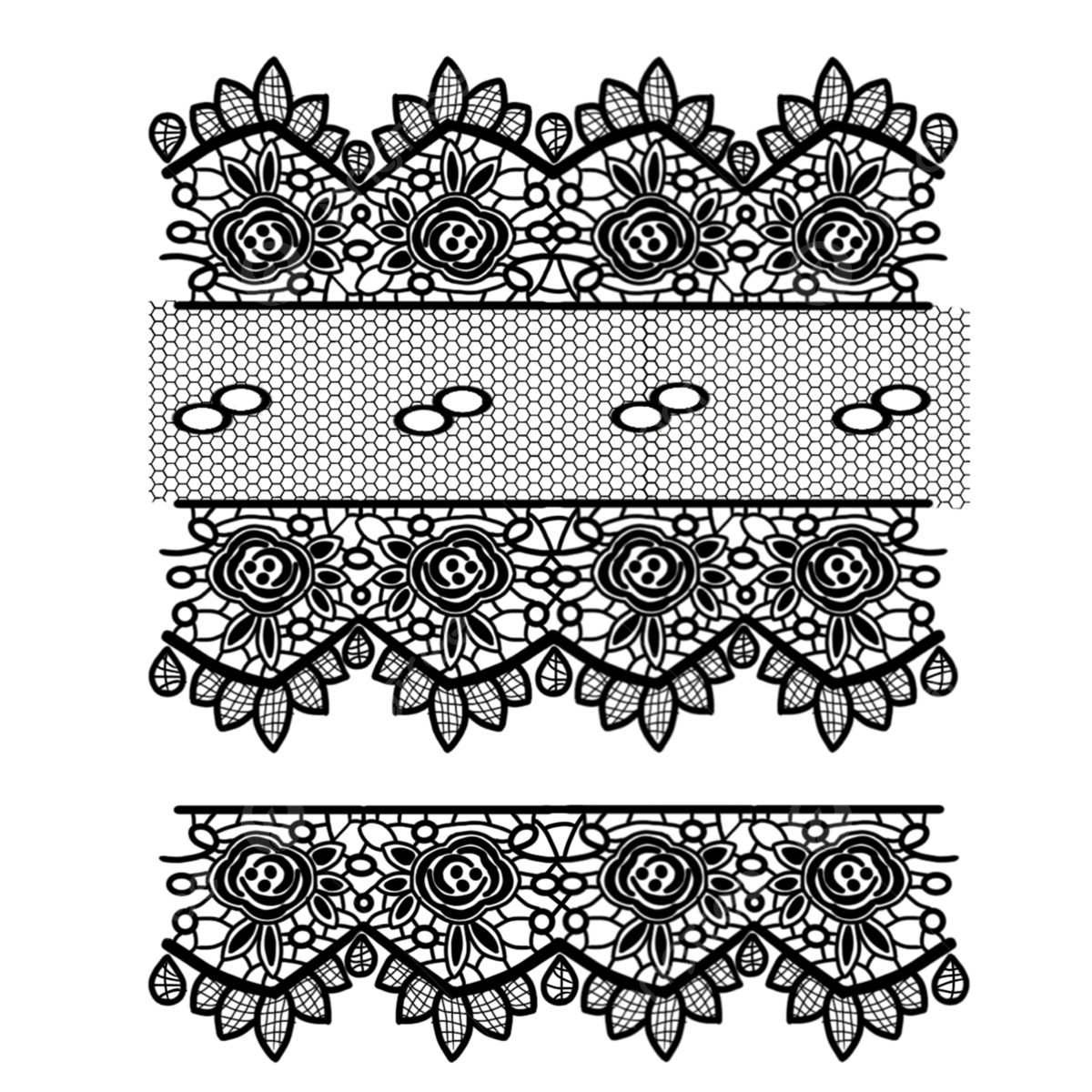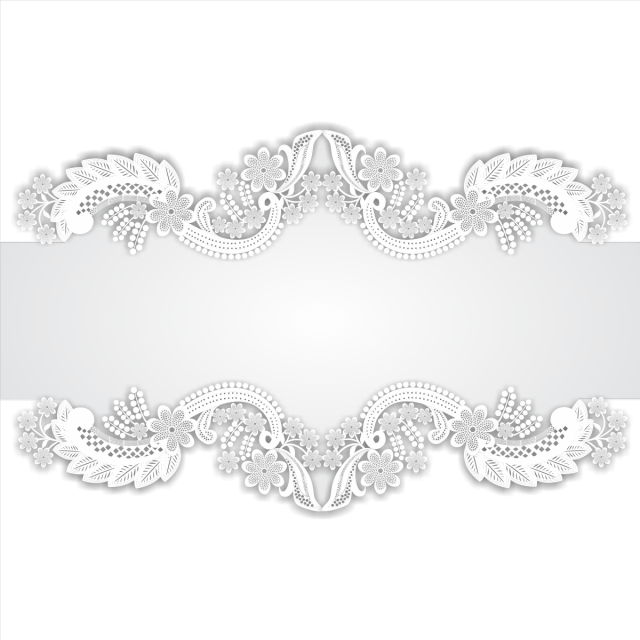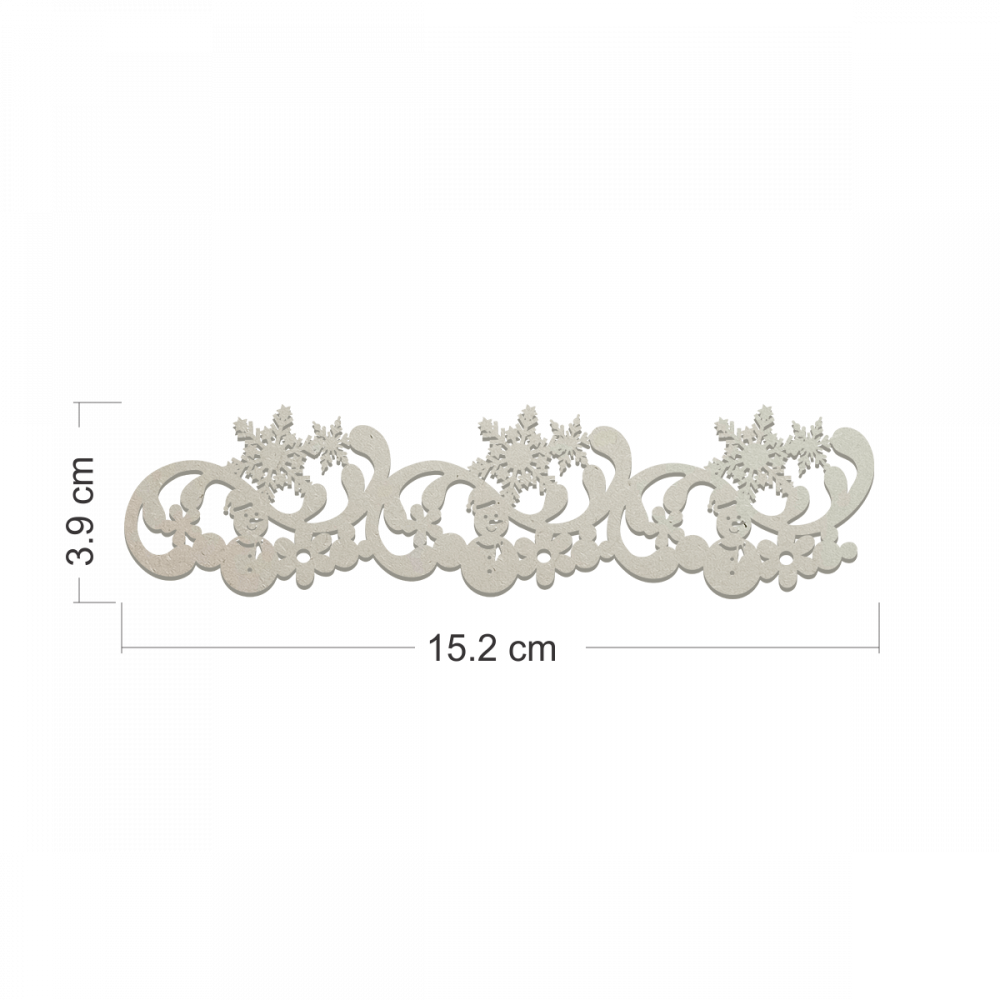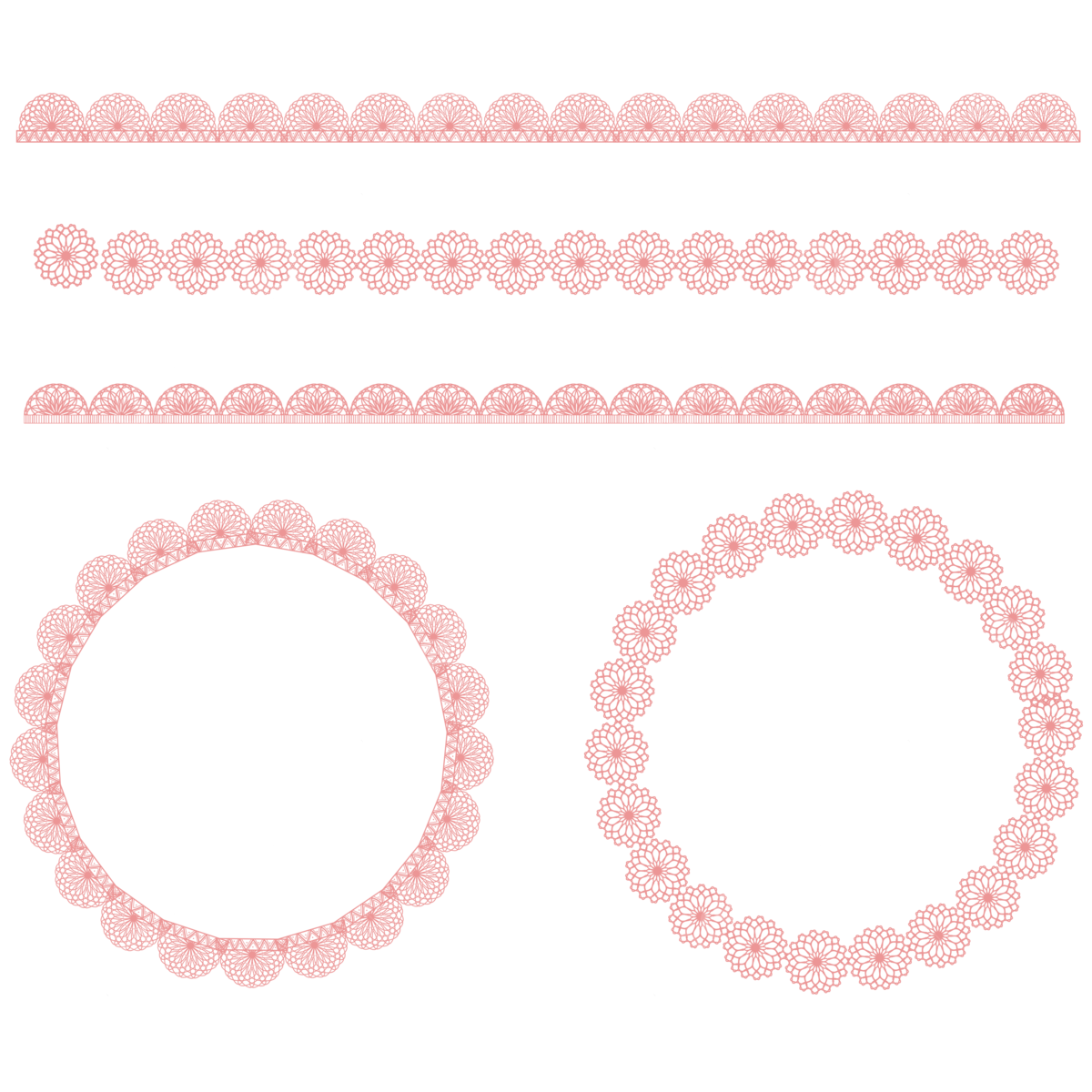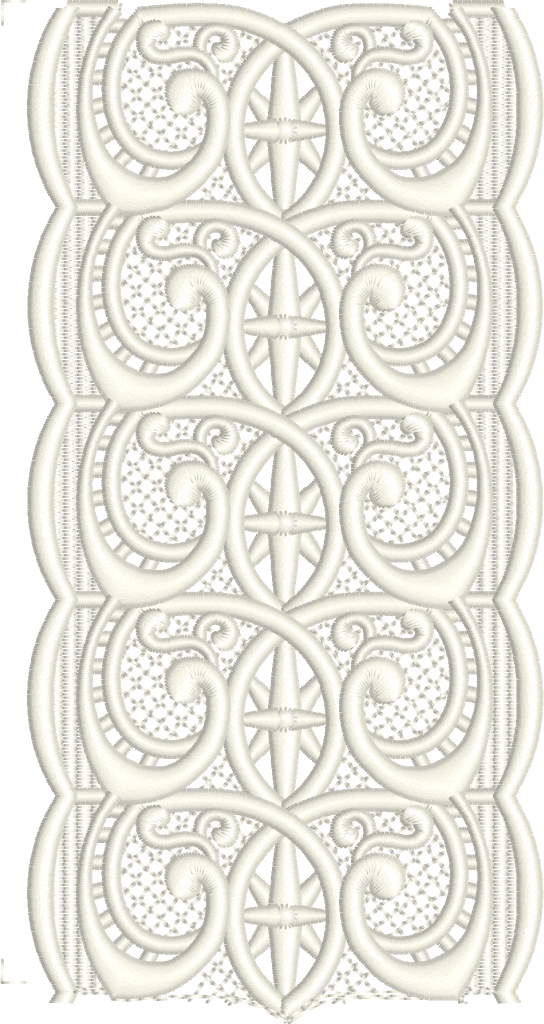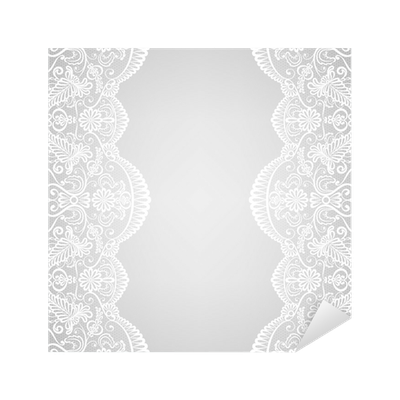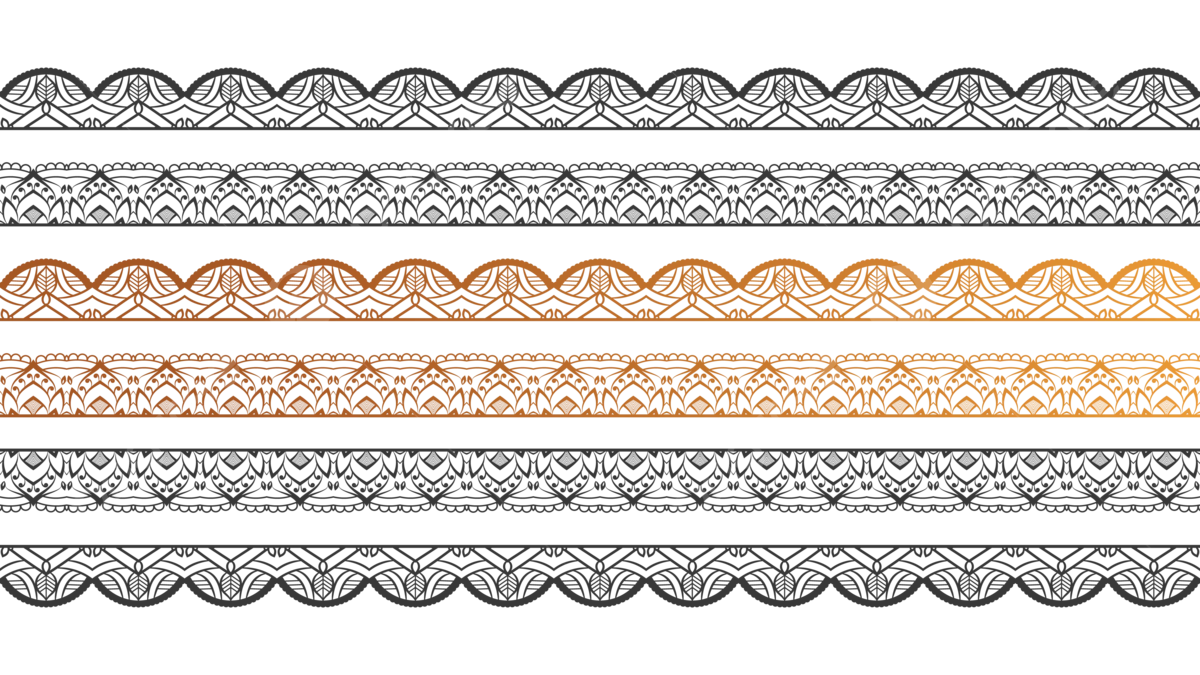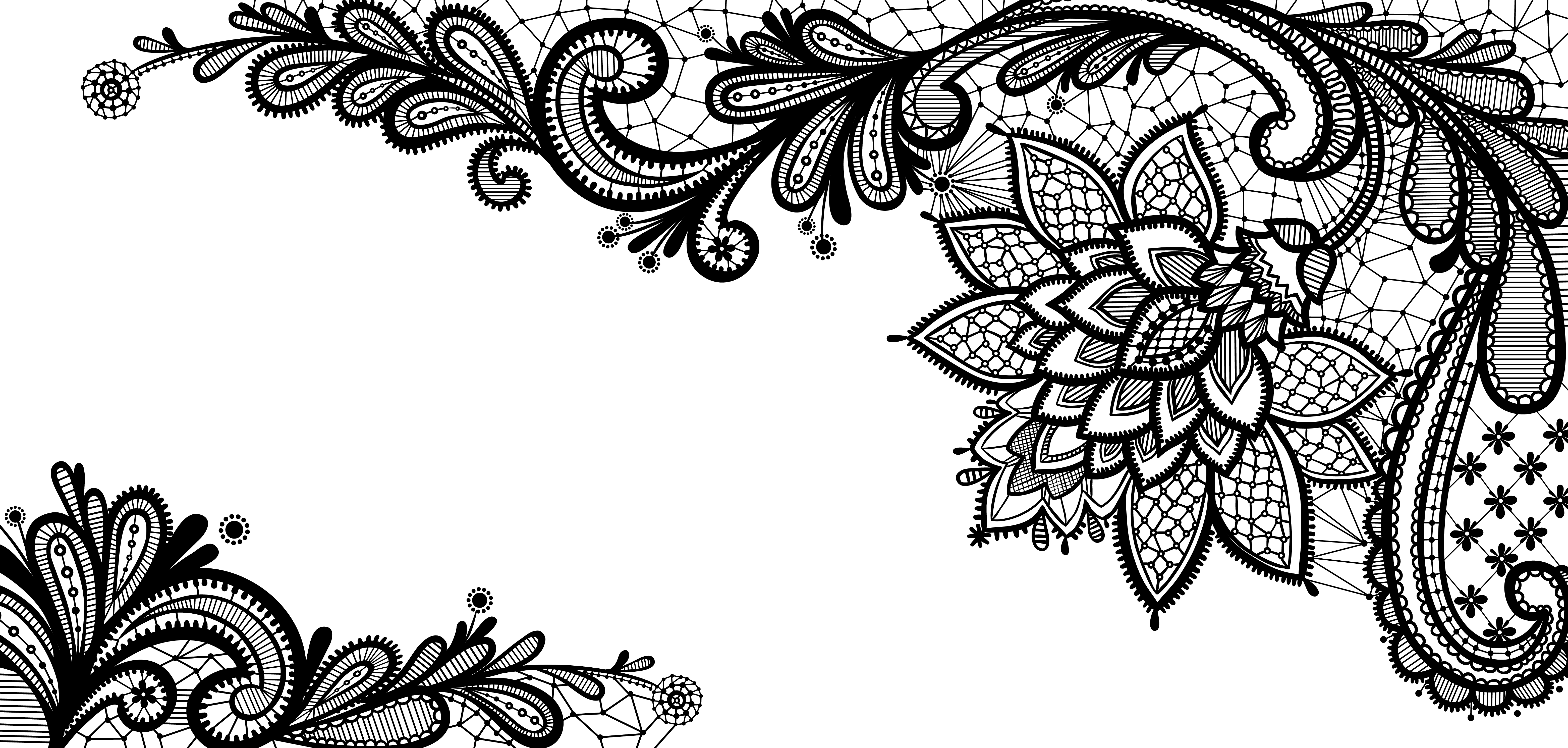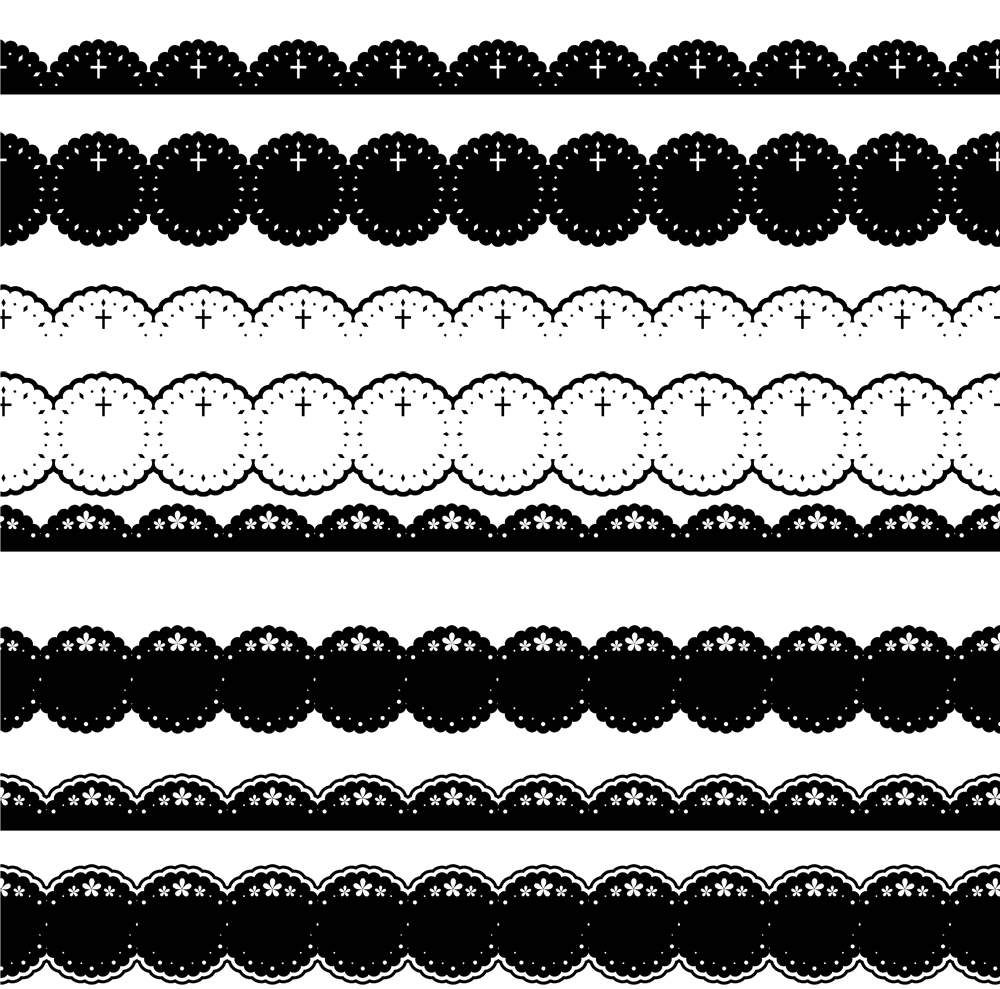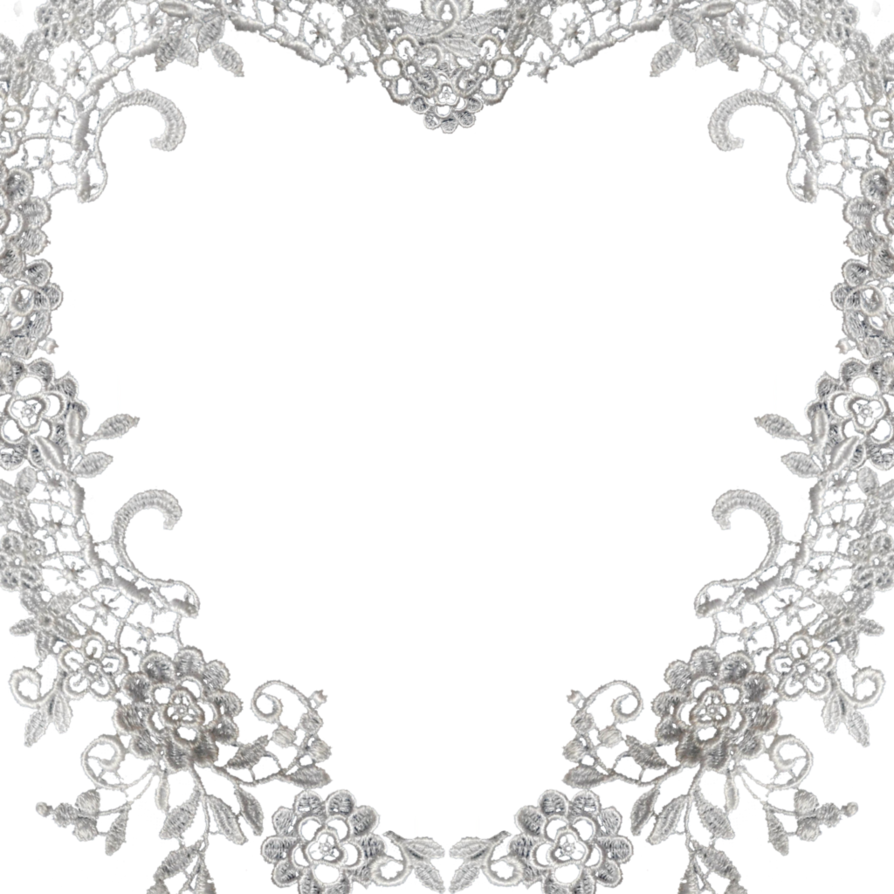Download top and best high-quality free Lace Border PNG Transparent Images backgrounds available in various sizes. To view the full PNG size resolution click on any of the below image thumbnail.
License Info: Creative Commons 4.0 BY-NC
Lace border is a decorative, delicate, and intricate strip of fabric that is used to finish the edges of textiles, such as clothing, home décor, linens, and accessories. It is made by hand or by machine and can be crafted from various fibers, including cotton, silk, linen, wool, and synthetic materials such as polyester and nylon. Lace border adds a touch of elegance, femininity, and romance to any piece of fabric and enhances its overall aesthetic appeal.
History of Lace Border
The origins of lace border date back to the 15th century when lace making became popular in Europe, particularly in Italy, France, and Belgium. Lace was made by hand using techniques such as knotting, embroidery, and needlework. It was initially worn by aristocrats, clergy, and wealthy merchants as a symbol of their social status and wealth. Lace making soon spread to other parts of the world, such as Asia, Africa, and the Americas.
In the 19th century, lace making saw a significant shift from handmade to machine-made production. The Industrial Revolution, which introduced new machinery and manufacturing processes, made lace affordable and accessible to the middle class. The demand for lace border grew, and it became a popular trim for clothing, curtains, tablecloths, and other textiles. The Victorian era, known for its opulence and extravagance, saw a surge in the production and use of lace border.
Types of Lace Border
Lace border comes in various types, each with its unique characteristics, style, and level of intricacy. Here are some of the most common types of lace border:
- Chantilly Lace Border: A delicate, sheer, and transparent type of lace border that originated in Chantilly, France, in the 17th century. It is known for its floral and leaf motifs, fine net background, and scalloped edges. It is often used for bridal gowns, veils, and other formal attire.
- Venice Lace Border: A heavy, ornate, and dense type of lace border that originated in Venice, Italy, in the 16th century. It is characterized by its raised design, intricate shapes, and curvilinear patterns. It is often used for home décor, such as tablecloths, pillowcases, and curtains.
- Alençon Lace Border: A type of needle lace that originated in Alençon, France, in the 17th century. It is known for its corded outline, flat and openwork design, and floral motifs. It is often used for bridal gowns, christening gowns, and napkins.
- Guipure Lace Border: A type of lace that is made without a net background and is characterized by its thick and heavy thread. It is known for its geometric and abstract designs, large motifs, and symmetrical patterns. It is often used for trimmings, collars, and cuffs.
- Crochet Lace Border: A type of lace that is made by looping yarn using a crochet hook. It is known for its lacy and airy patterns, delicate look, and wide variety of motifs, from florals to geometric shapes. It is often used for shawls, skirts, and vests.
Uses of Lace Border
Lace border has a wide range of applications and can be used for various purposes, such as:
- Clothing: Lace border is often used as a trim or appliqué for clothing items, such as dresses, blouses, skirts, and shirts. It adds a feminine touch and enhances the overall look and feel of the fabric.
- Home décor: Lace border is also used for home décor, such as curtains, tablecloths, pillowcases, and bedspreads. It adds a touch of elegance, sophistication, and romance to any room.
- Wedding attire: Lace border is a popular choice for wedding gowns, veils, and accessories. It symbolizes purity, beauty, and elegance and is often used for traditional and modern wedding styles.
- Accessories: Lace border is also used for various types of accessories, such as hats, gloves, scarves, and bags. It adds a delicate and refined touch to any accessory.
Caring for Lace Border
To keep lace border looking its best, it is important to care for it properly. Here are some tips on how to care for lace border:
- Washing: Always read the care instructions on the label before washing lace border. Hand-washing with a mild detergent is usually the safest option. Avoid wringing or twisting the lace, as this can damage it.
- Drying: Dry lace border flat on a clean towel or hang it up to dry. Never put it in the dryer, as this can shrink or warp it.
- Storing: Store lace border flat or rolled in acid-free tissue paper or a clean cloth. Avoid exposing it to direct sunlight or moisture, as this can fade or weaken the fabric.
- Ironing: Use a low-heat setting and a pressing cloth when ironing lace border. Avoid ironing directly on the lace, as this can damage it.
Conclusion
Lace border is a beautiful and versatile trim that adds a touch of elegance and sophistication to any piece of fabric. With its rich history, intricate designs, and various types, lace border is a timeless and beloved material that has remained popular for centuries. By knowing the different types of lace border and how to care for it properly, you can ensure that this delicate fabric lasts for generations to come.
Download Lace Border PNG images transparent gallery
- Lace Border
Resolution: 1200 × 1200
Size: 497 KB
Image Format: .png
Download
- Lace Border No Background
Resolution: 640 × 640
Size: 259 KB
Image Format: .png
Download
- Lace Border PNG Clipart
Resolution: 1000 × 1000
Size: 240 KB
Image Format: .png
Download
- Lace Border PNG Cutout
Resolution: 1200 × 1200
Size: 432 KB
Image Format: .png
Download
- Lace Border PNG File
Resolution: 544 × 1024
Size: 928 KB
Image Format: .png
Download
- Lace Border PNG Free Image
Resolution: 400 × 400
Size: 96 KB
Image Format: .png
Download
- Lace Border PNG HD Image
Resolution: 1200 × 675
Size: 534 KB
Image Format: .png
Download
- Lace Border PNG Image HD
Resolution: 1920 × 1920
Size: 341 KB
Image Format: .png
Download
- Lace Border PNG Image
Resolution: 6244 × 2978
Size: 1648 KB
Image Format: .png
Download
- Lace Border PNG Images HD
Resolution: 8000 × 919
Size: 1107 KB
Image Format: .png
Download
- Lace Border PNG Images
Resolution: 1000 × 989
Size: 262 KB
Image Format: .png
Download
- Lace Border PNG Photo
Resolution: 8000 × 7004
Size: 3302 KB
Image Format: .png
Download
- Lace Border PNG Photos
Resolution: 1200 × 1200
Size: 306 KB
Image Format: .png
Download
- Lace Border PNG Pic
Resolution: 1200 × 1200
Size: 420 KB
Image Format: .png
Download
- Lace Border PNG Picture
Resolution: 894 × 894
Size: 853 KB
Image Format: .png
Download
- Lace Border PNG
Resolution: 1920 × 1920
Size: 686 KB
Image Format: .png
Download
- Lace Border Transparent
Resolution: 1200 × 1200
Size: 790 KB
Image Format: .png
Download
